What is Product Brief?
A product brief is a single source for information about the product, including its goals, technical specification, and requirements. It contains key data that is useful for all departments involved: the development team, UX design, marketing, sales, and support. For this reason, it is recommended that a product brief is created jointly by these teams.

Product Brief Elements
A product brief is usually quite customizable and unrestrictive document, but it should contain several elements to answer the key questions about the product:
- Short summary (what we are building)
- Motivation (why we are creating this product)
- The problem or customer pain the problem is going to solve
- Plans how to address the problem
- Market analysis, such as use cases, SWOT predictions, metrics, etc.
- Implementation timeline
- Post-production plan to measure success
How to Write a Product Brief
A product brief is drafted at the initial stages of the product development but is modified during the whole planning process to align with stakeholders and capture most recent information.
When you start with the product brief, it is usual that you do not have the whole picture and cannot tell with precision what the final product will be like, however, you can proceed stepwise and request information from other teams making a product brief a collaborative effort:
Step 1. Identify the problem you want to solve. For this, you need to think about what the target audience is, how the product can help them and what the key features should be to achieve this.
Step 2. Define the requirements such as the product purpose, functionalities, and specific features. They provide the necessary structure and visualization of the product so that the team knows how to implement it.
Step 3. Provide business context. Additional information obtained from competitive analysis, analyzing target personas, or price estimations help understand the product niche and determine how it differs from competitors.
Step 4. Identify open questions, such as the product risks, its name, or which features are must-have that you cannot answer at that moment. Such questions help you identify gaps in your understanding of the final version of the product and guide cross-functional stakeholders regarding the information they need to provide.
Step 5. Create the product timeline. Since a timeline is likely to change in the course of the product planning, you can sketch merely the major phases, such as prototyping, development, testing, and release, and the tasks the team needs to complete within each phase.
Step 6. Think of the product name. At first, this can be an internal name you will use during the product development. It can be finalized by the marketing team as the product reaches the release phase.
Step 7. Share with stakeholders. Once the initial draft is complete, share the product brief with others to receive feedback and fill in the gaps.
Product Brief Benefits
A product brief unifies the efforts of the cross-functional team and all departments involved in building a product:
- Provides clarity, since it contains the most crucial information about the product in one place.
- Reduces errors by making sure that everyone is on the same page.
- Promotes collaboration by avoiding misunderstandings and presumptions,
- Increases the team’s efficiency, since it reduces time wasted on double-checking requirements from different sources.
Ultimately, the product brief influences the product’s quality and creates a productive environment for the team working on it.



